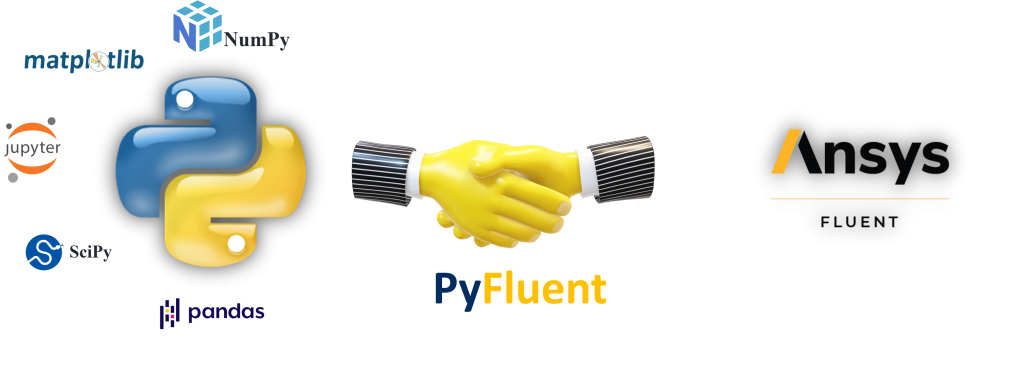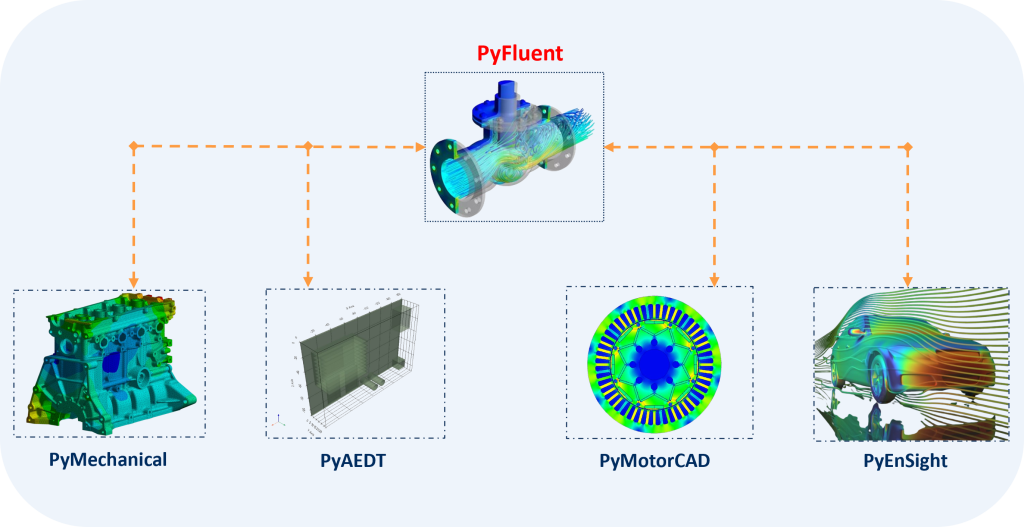
In today’s era of digitalization, technology continues to transform how we approach engineering challenges, and Computational Fluid Dynamics (CFD) is no exception. Traditional CFD workflows, while effective, often involve repetitive tasks, manual interventions, and limited automation. To address these challenges, advanced programming approaches have emerged, revolutionizing the way simulations are conducted. Python, with its versatility and rich ecosystem, has become a key enabler in this transformation.
PyFluent is a powerful Python-based interface that brings a new dimension to CFD simulations. By leveraging PyFluent, engineers can streamline their workflows, automate repetitive tasks, and customize processes like never before. From pre-processing and setup to solving and post-processing, PyFluent integrates seamlessly with Ansys Fluent, providing an intuitive, flexible, and highly efficient way to perform simulations.

Whether you’re an experienced CFD practitioner or just starting out, PyFluent empowers you to push the boundaries of simulation capabilities. By embracing these advanced programming techniques, engineers can not only save time but also enhance accuracy, scalability, and collaboration in their projects.



Batch processing in simulation workflows enhances efficiency by enabling both parallel and sequential execution of multiple cases. It is particularly effective for large-scale parameter sweeps and optimization studies. By integrating AI and machine learning algorithms, simulation processes gain advanced predictive and optimization capabilities. The seamless fusion of simulation data with intelligent techniques leads to more precise and efficient outcomes, accelerating design iterations and improving decision-making. PyFluent serves as a powerful tool in this context, offering robust automation and AI-driven enhancements for computational simulations.
PyFluent’s advanced automation and customization capabilities are revolutionizing the field of computational fluid dynamics (CFD). By leveraging parametric scripting, automated workflows, and seamless integration with Fluent’s solver, we can push beyond traditional boundaries and achieve superior simulation results. This comprehensive control over the entire process, from pre-processing to post-processing, ensures that our simulations are not only accurate but also highly efficient.
As we continue to explore and utilize these powerful tools, we are setting the stage for future innovations and optimizations in CFD. PyFluent is not just enhancing our current capabilities; it is paving the way for a new era of simulation excellence.